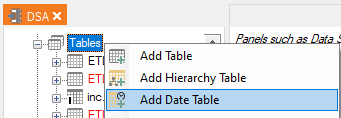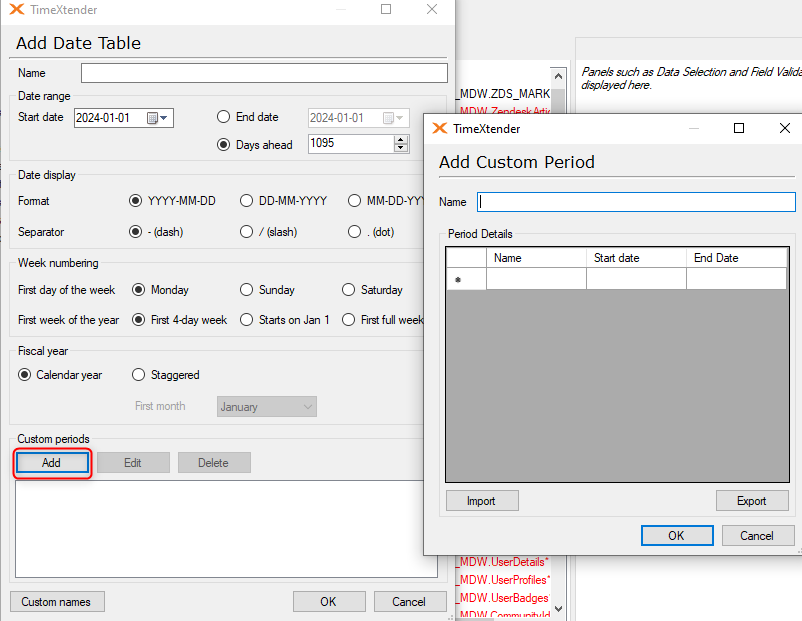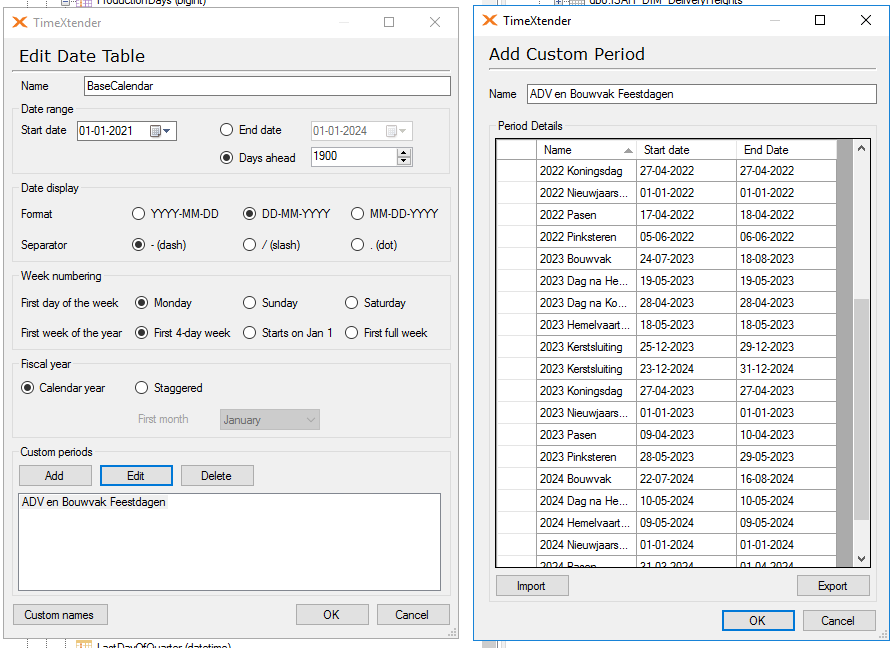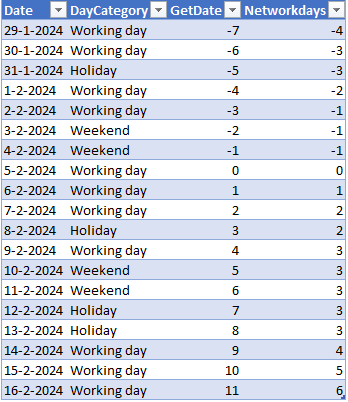Hi all,
I am relatively new to SQL. Although with help and searching, I am making progress, I am not succeeding with the following question. Based on a date, I can easily set a filter in my reports to look ahead for x period of time. However, when a holiday comes into view, my report becomes blank. For this, I am looking for an index/row_number/sequence that skips the holiday dates. Can I set up a Custom Field for this within my BaseCalendar?














